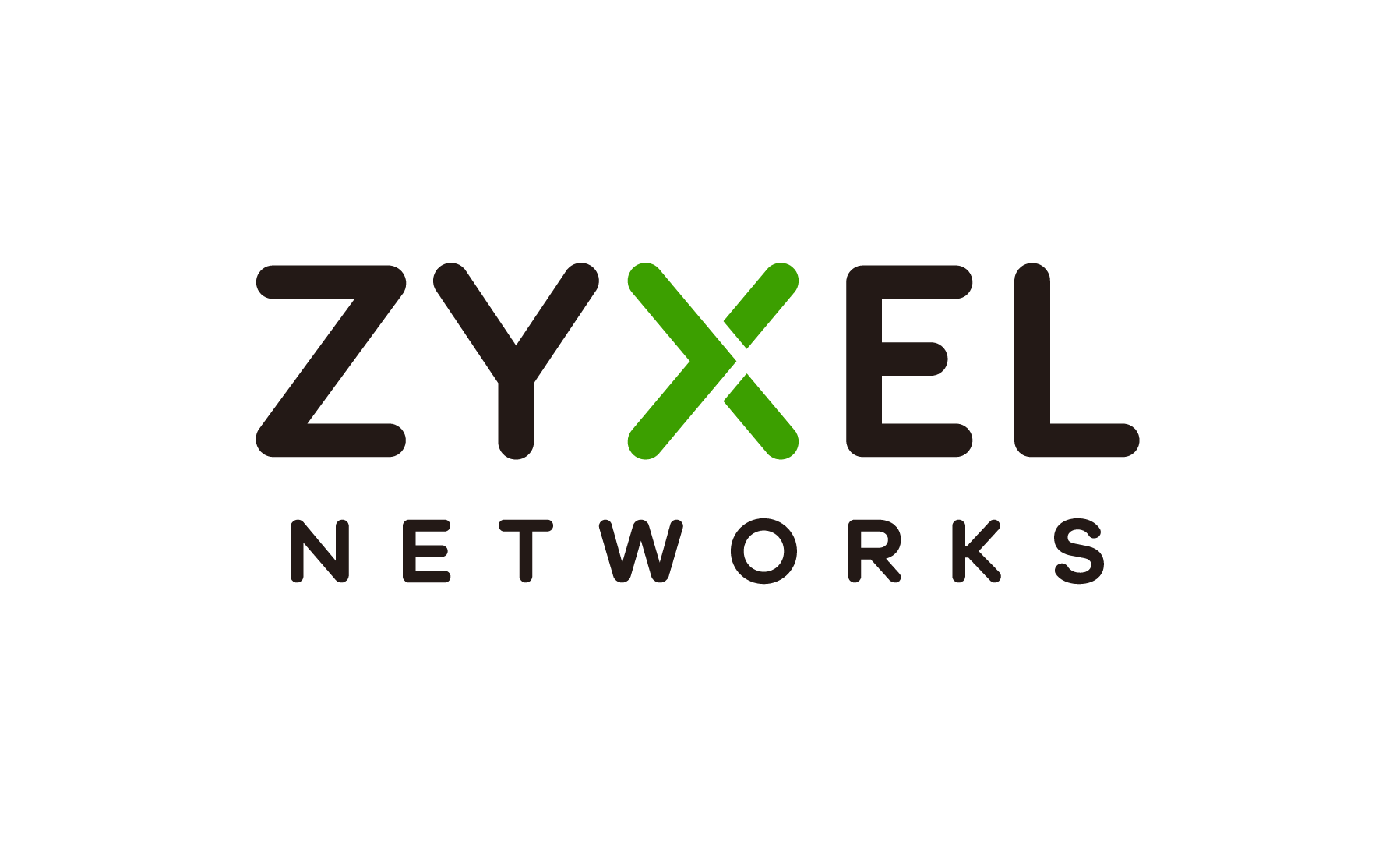Hello,
I've been looking at ADSL to hook up to the internet, but need some advice.
I currently have 2 computers I'd like to connect (one has a gigabit ethernet), and would like room for extension. I would need the following functionality: router (NAT, DHCP), firewall, vpn pass through, snmp, extendible (wireless later). For my purpose, I don't see the need for printserver or back-up analog modem. Some routers (e.g. SMC) offer hacking logs, is this interesting ?
Many makes offer a router (100 Mbit LAN) with built in ADSL modem. Another solution would be an ethernet ADSL modem in combination with a seperate router.
Is there any preference for either approach (why ?) ?
I seem to have problems locating ethernet ADSL modems... Any recommandations or makes/models to steer clear from ?
(e.g. the Belkin pop-up router
 )
)
Gigabit routers are still expensive, so I assume 100 Mbit LAN would currently be the way to go (right...?). Do I need to look out for anything if I want to expand to gigabit (GoC) later, or will it just mean either adding a gigabit switch or replace the router with a gigabit router?
Are there any other recommendations ?
Thanks!
Jörg
I've been looking at ADSL to hook up to the internet, but need some advice.
I currently have 2 computers I'd like to connect (one has a gigabit ethernet), and would like room for extension. I would need the following functionality: router (NAT, DHCP), firewall, vpn pass through, snmp, extendible (wireless later). For my purpose, I don't see the need for printserver or back-up analog modem. Some routers (e.g. SMC) offer hacking logs, is this interesting ?
Many makes offer a router (100 Mbit LAN) with built in ADSL modem. Another solution would be an ethernet ADSL modem in combination with a seperate router.
Is there any preference for either approach (why ?) ?
I seem to have problems locating ethernet ADSL modems... Any recommandations or makes/models to steer clear from ?
(e.g. the Belkin pop-up router

 )
)Gigabit routers are still expensive, so I assume 100 Mbit LAN would currently be the way to go (right...?). Do I need to look out for anything if I want to expand to gigabit (GoC) later, or will it just mean either adding a gigabit switch or replace the router with a gigabit router?
Are there any other recommendations ?
Thanks!
Jörg




Comment